Kidepo – Stunning landscapes, remote wilderness
Hidden away in a lost valley in the extreme northeast of Uganda, Kidepo National Park has the most stunning scenery of any protected area in Uganda. Kidepo (1,442 sq kms) lies in the rugged, semi-arid valleys between Uganda’s borders with Sudan and Kenya, in the Karamoja region, some 700km from Kampala.
A rugged savannah grassland, Kidepo is ringed by mountain ranges including Mount Morungole (2,750 metres). The Kidepo and Narus rivers and its tributaries intersect the Park. Within the valley, the terrain is dotted with tiny hills and rocky outcrops which gives Kidepo a very unique, beautiful landscape.
Kidepo’s remoteness and difficult access (in terms of distance and quality of road infrastructure) makes it a much less visited park in Uganda. Combine this with the unique and rich wildlife; it makes Kidepo an amazing destination for an African Safari.
Background, current status of the park
Most wildlife parks in Uganda have suffered over the years with over-exploitation and encroachment. Added to this is the years of strife that the country has been through during the Obote-Idi Amin days. The rampant poaching in these times was devastating for wildlife numbers. Kidepo has been no different and in fact has the odds stacked against it even today. Uganda has had a period of relative stability throughout the country in recent times under the current government. However, even as recent as 7 years ago, Kidepo’s revival has been hampered by the conflicts in the north with the LRA (Lord’s Resistance Army) and Sudan. It is only now that the region is just beginning to recover.
The Kidepo valley ecosystem traverses across Uganda and South Sudan – with a majority of the area being in South Sudan. With no protection for the wildlife in Sudan, the only hope is the smaller portion that lies in Uganda. However, the remote location and distance from other popular wildlife attractions of Uganda, makes it difficult to sustain from a tourism perspective.
What is so different about Kidepo?
Landscapes

Magnificent is the only word to describe it! The undulating savannahs interspersed by small valleys, rocky outcrops, riverine vegetation – all make up magical sunrises and sunsets. More than any other park in Uganda, Kidepo reminded me of the Mara / Serengeti ecosystem. Kidepo is though slightly different – a more rugged and arid ecosystem with more trees. Especially the abundant sausage tree (Kigelia Africana) and palm trees are conspicuous in addition to the acacias amidst the grasslands.
Wildlife
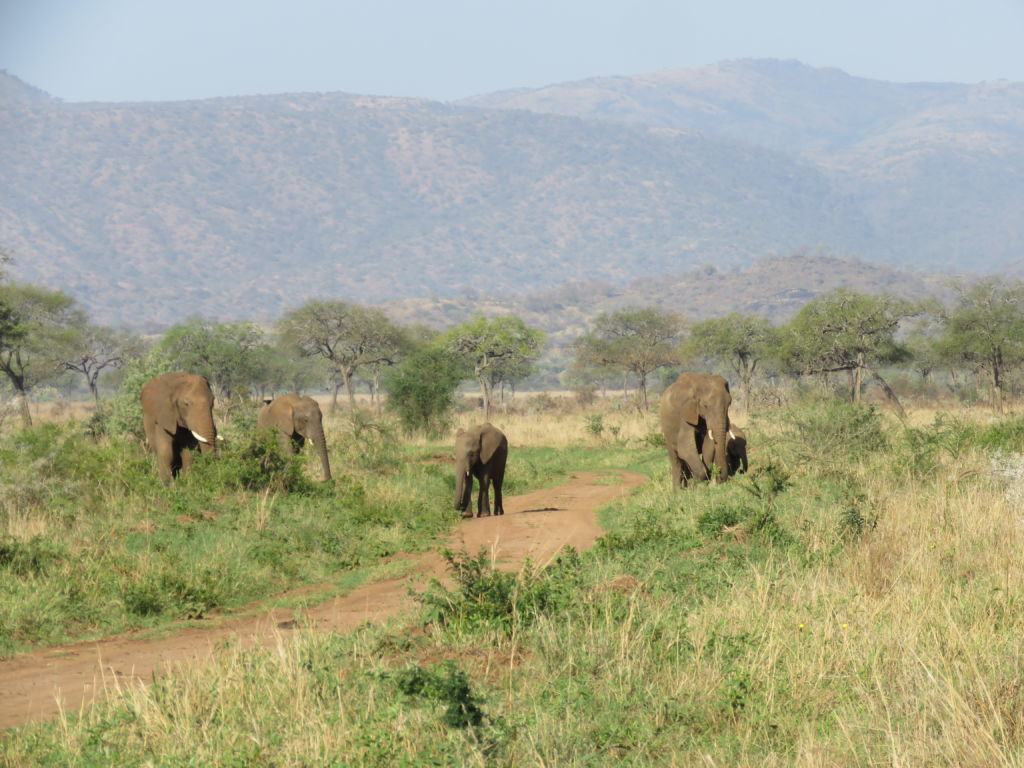
Like most remote wild areas, Kidepo is notable for harbouring a number of species which are not found elsewhere in the country. This includes cheetahs, Ostrich, bat-eared foxes, aardwolves, caracals and greater and lesser kudus.
However, the damage due to years of poaching and strife has been considerable. There have been limited or no sightings in case of some species like the Striped Hyaena, Lesser Kudu, Grant’s Gazelle, Beisa Oryx and the White Rhinos (Rhinos have gone extinct in the rest of Uganda as well).
The good news is that the animal list is still impressive and is slowly recovering. Kidepo has nearly 77 mammal species of which nearly 28 are found in no other park in Uganda! The population of the flagship species of mammals like the Elephants, Buffalos, and antelopes like Bohor reedbuck, waterbuck, Kongoni (Hartebeest) has seen a healthy increase. Consequently, sightings of predator species like Lions, Leopards, Spotted Hyaena etc have only been on the rise.
I maintain that the productivity of any park in Uganda cannot match that of the Mara / Serengeti. If you have to come here – come for a differentiated list of species and for a different experience in terms of ecology and landscapes.
Despite this: In the full day safari that I did, I was lucky to have a surprising amount of sightings – which honestly, is almost the same as I found in the Mara. I found nearly 20 mammals including three lazy lions. The populations of Elephants (which I am told number in excess of 700 now), Rothschild’s giraffe, Cape Buffaloes and other antelopes were also surprisingly quite high. Oribis, Lolwel Hartebeests, Plains Zebras and Ugandan Kobs were especially plentiful!
Birds

I have a special place in my heart for birds. I believe that a safari with a focus on only mammals is quite dry and uninteresting! Adding the flavour of bird watching enhances the safari experience significantly. Kidepo has more than 475 species of birds – a close second to Queen Elizabeth National Park. In my trip to Kidepo, I was pleasantly surprised with my tally. Taking the assistance of a ranger guide (available at the Park) was invaluable. I spotted about 54 species of birds in Kidepo – twice as much as the number which would have made me quite happy!!
Check out the bird list on: https://ebird.org/checklist/S65890686
Far from the madding crowd
Like all remote parks (like the delightful Samburu in Kenya), Kidepo has the distinct advantage of the feeling that you have the entire park to yourself. A true wild experience of being one with nature, there are very few hunkering safari vehicles crowding out the wildlife.

Points to note about Kidepo
Areas within the Park
There are broadly two sections defined by the two major rivers dissecting the park – the Narus River Valley system and the Kidepo valley. The Kidepo valley borders Sudan and is around 45 kms away inside. Most of the lodges are in the southern section in the Narus valley area. Hence, going to the Kidepo Valley area would be a minimum 6-8 hours trip. With limited time, you can focus on the Narus valley – much more productive. On the other hand, the Kidepo valley is quite low on game – but some species surprise e.g. the Ostrich and the Cheetah (found nowhere else in Uganda).
There is absolutely no game on the Sudan side of the eco-system as hunting wild animals is rampant. Hence, the wildlife actually find it safer on the Uganda side and often cross over to the Kidepo Valley.
During the dry season, the only permanent water in the park is found in wetlands and remnant pools in the broad Narus Valley near Apoka. These seasonal oases, combined with the open, savannah terrain, make the Narus Valley a prime game viewing territory.
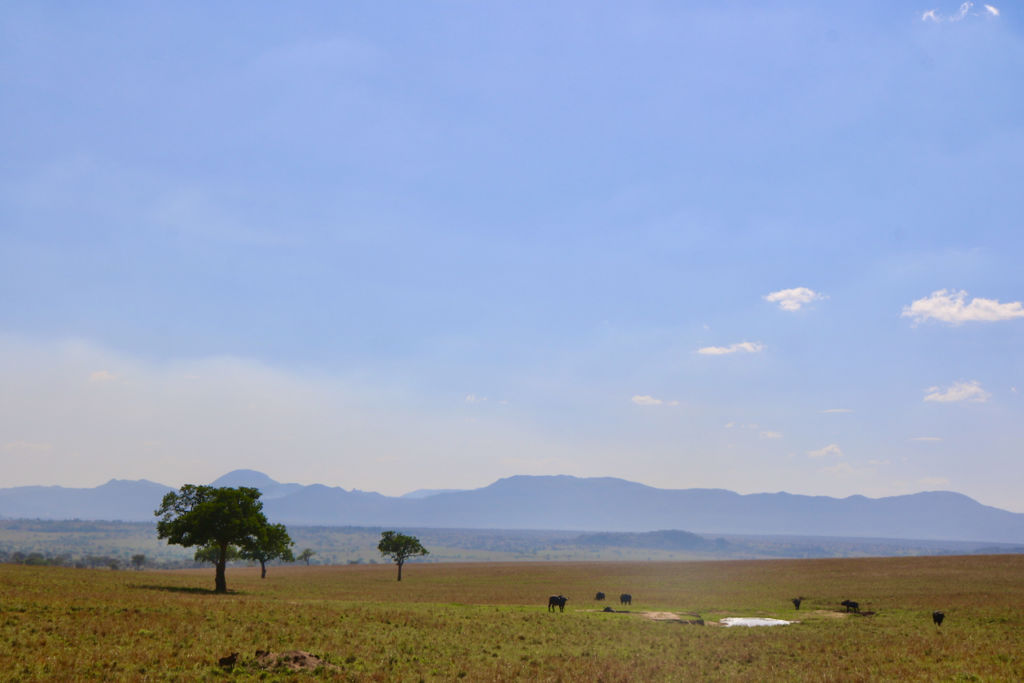
Idi Amin’s guest house
One interesting structure in the park is ‘Idi Amin’s’ Guest house right in the centre of the park. Formerly, a government guest house preferred by Idi Amin for his stay. It has a narrow approach and a full view of the grasslands ahead – much preferred from a security paranoia perspective. Now handed over to a private owner, they are turning it into a lodge. Fabulous views – though the quality of the lodge may leave much to be desired.

Conclusion: Should Kidepo be included in a Ugandan Safari tour?
Given the overall diversity of animals, the beautiful landscapes and the crowd free experience, Kidepo National park remains one my my favourites in Uganda. However, for a time-constrained itinerary, combining the essentials of Uganda i.e. the Primate (Gorilla and Chimpanzee) encounters and the remote Kidepo is quite a challenge. Of course, flying to the different parks is an option if one can afford the steep costs. Hopefully, with improvements in road infrastructure, Kidepo may, in course of time, get its well-deserved due.


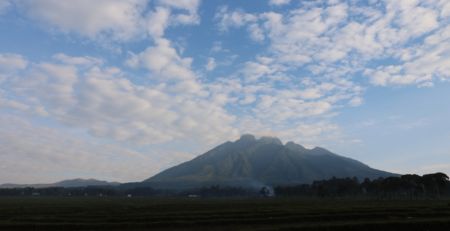



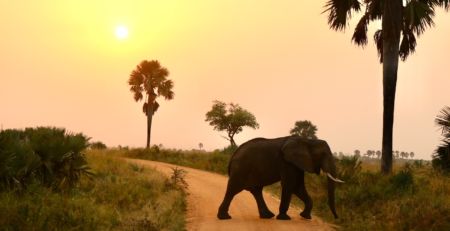
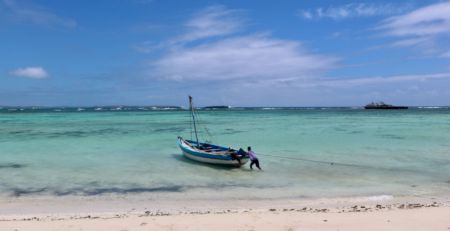
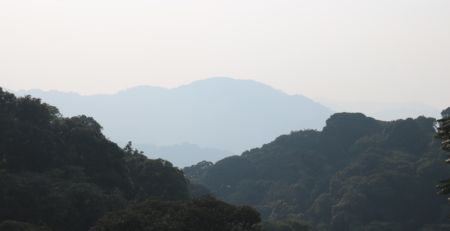



Leave a Reply